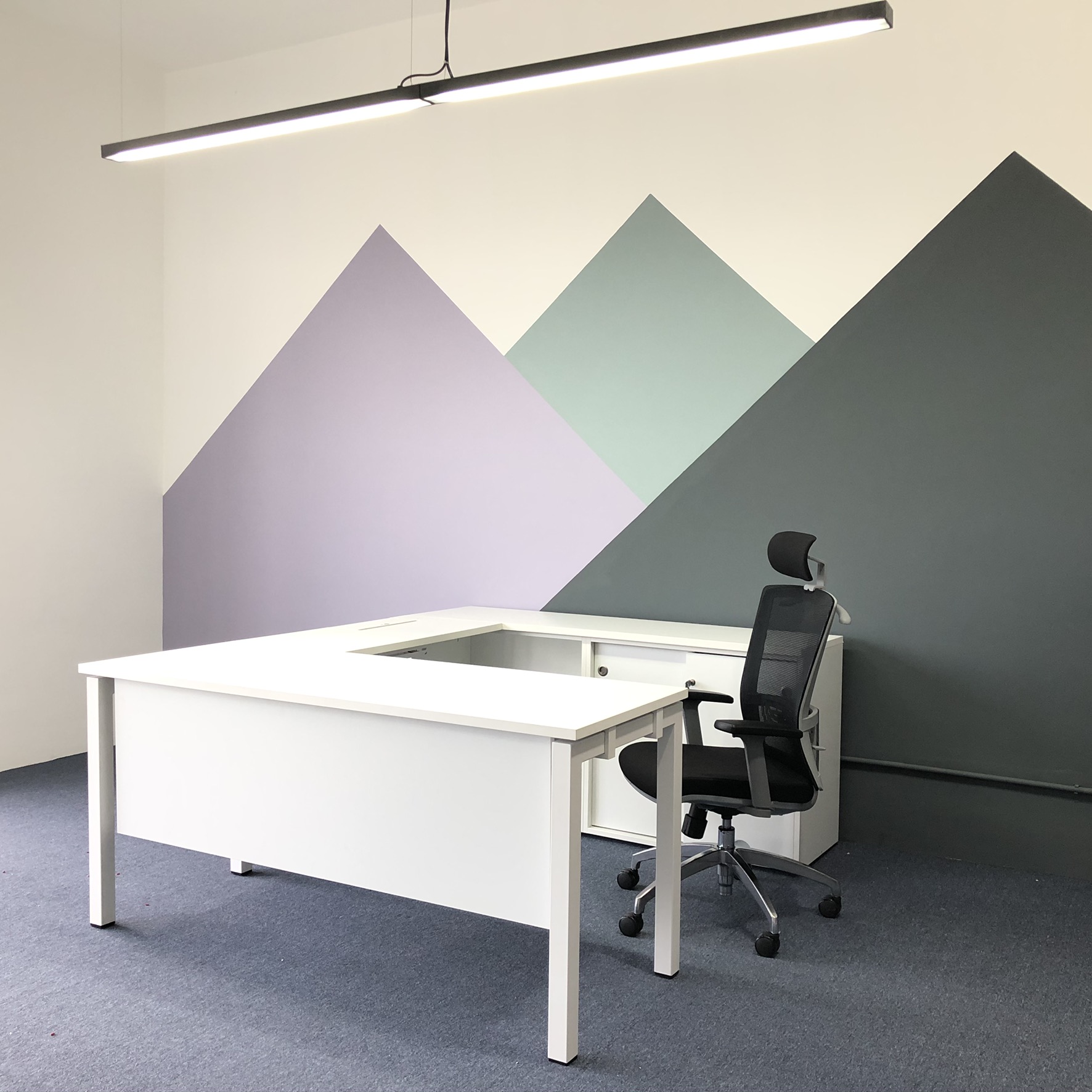Interior design is a powerful tool that allows individuals to transform their living spaces into harmonious environments that reflect their personality and enhance their well-being. It is the art of combining aesthetic principles, functionality, and creativity to create spaces that are not only visually pleasing but also functional and comfortable. Whether it’s a cozy living room, a stylish kitchen, or a serene bedroom, interior design can shape our experiences and improve our daily lives.
One of the fundamental aspects of interior design is the use of color. Colors have the power to evoke emotions and set the mood in a room. Warm tones such as reds, oranges, and yellows can create a cozy and inviting atmosphere, while cool tones like blues and greens can promote a sense of calm and tranquility. Choosing the right color palette for each space is crucial, as it sets the foundation for the overall design scheme. By carefully selecting colors that complement each other, designers can achieve a cohesive and visually appealing look.

Another important element of interior designer is the arrangement of furniture and accessories. The layout of a room can greatly impact its functionality and flow. Designers consider factors such as the size and shape of the room, as well as the specific needs and preferences of the occupants. By strategically placing furniture pieces and accessories, designers can optimize the use of space and create a balanced and harmonious arrangement. From selecting the perfect sofa for a living room to arranging kitchen appliances for maximum efficiency, thoughtful placement can transform a space.
Texture and materials play a significant role in interior design as well. Different textures, such as smooth, rough, soft, or shiny, can add depth and visual interest to a room. Combining different textures can create a tactile experience that engages the senses. Furthermore, the choice of materials, such as wood, metal, or glass, can contribute to the overall style and atmosphere of a space. Whether it’s a rustic farmhouse or a modern minimalist design, selecting the right textures and materials is essential to achieve the desired aesthetic.
Lighting is a crucial aspect of interior design that often goes unnoticed. The right lighting can completely transform the mood and ambiance of a room. Natural light is highly sought after as it creates a sense of openness and vitality. However, artificial lighting is equally important, especially during the evening or in rooms with limited natural light. By strategically placing different types of lighting fixtures, such as ambient, task, and accent lighting, designers can create a layered and dynamic lighting scheme that enhances the functionality and atmosphere of a space.
In recent years, sustainability has become an integral part of interior design. Designers are increasingly incorporating eco-friendly materials and practices into their projects. From using reclaimed wood to installing energy-efficient lighting, the sustainable design aims to minimize environmental impact while creating beautiful and functional spaces. By embracing sustainable principles, interior designers can contribute to a greener and more sustainable future, without compromising on style or comfort.

Leave a Reply